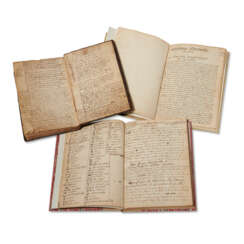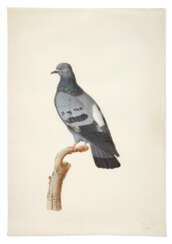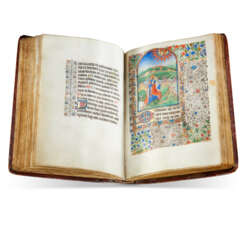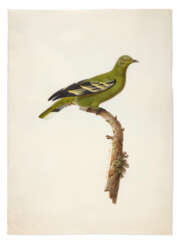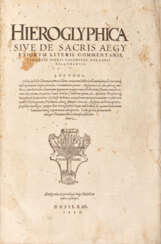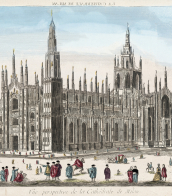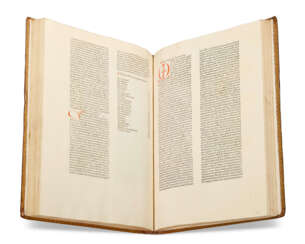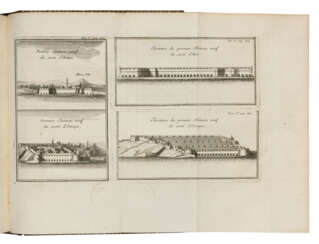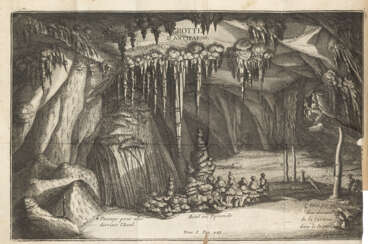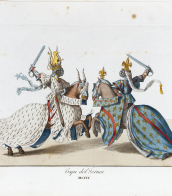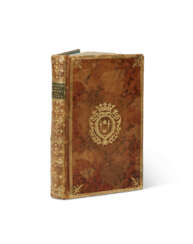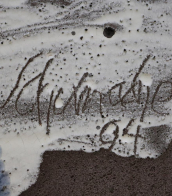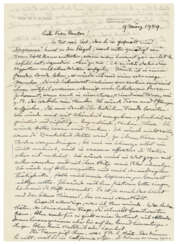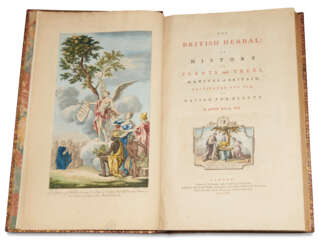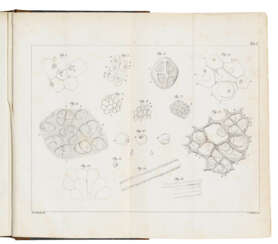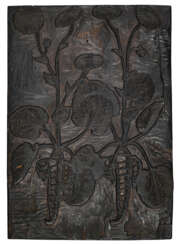livres à base de plantes
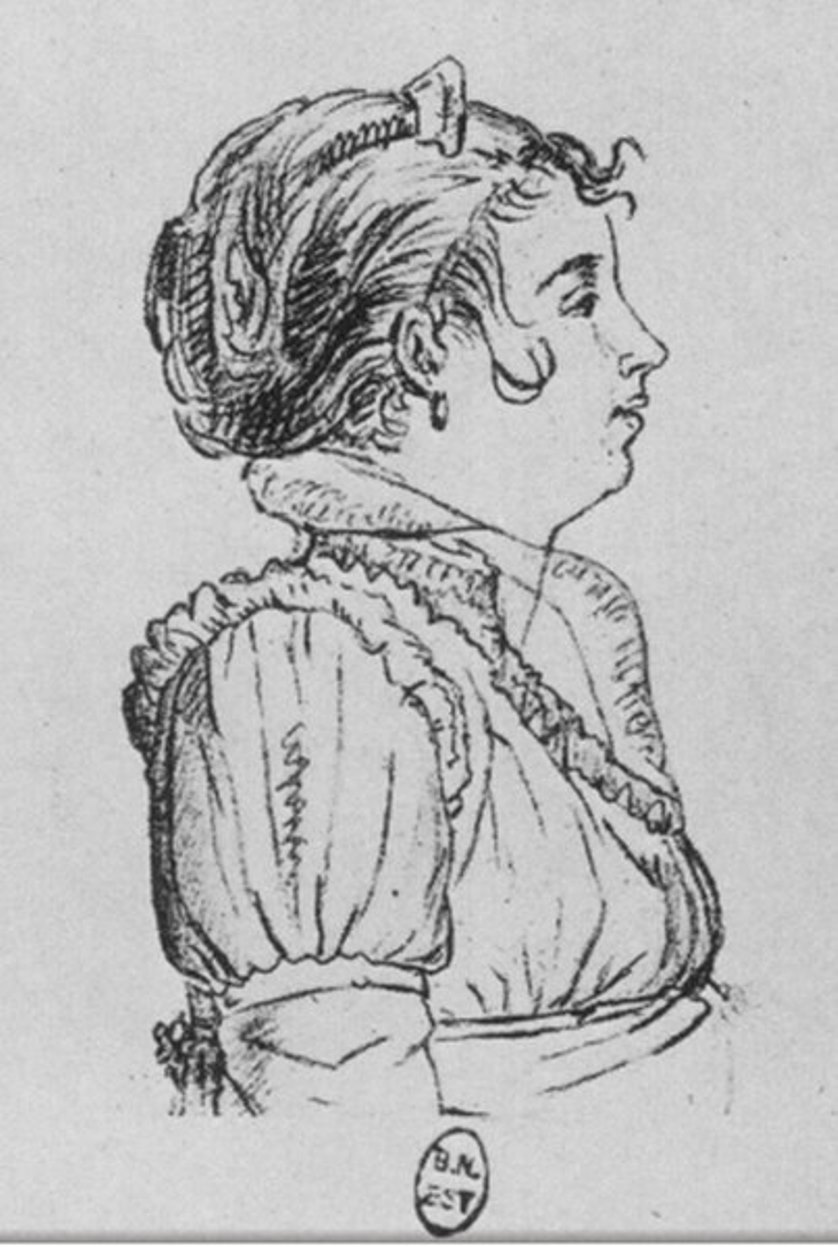



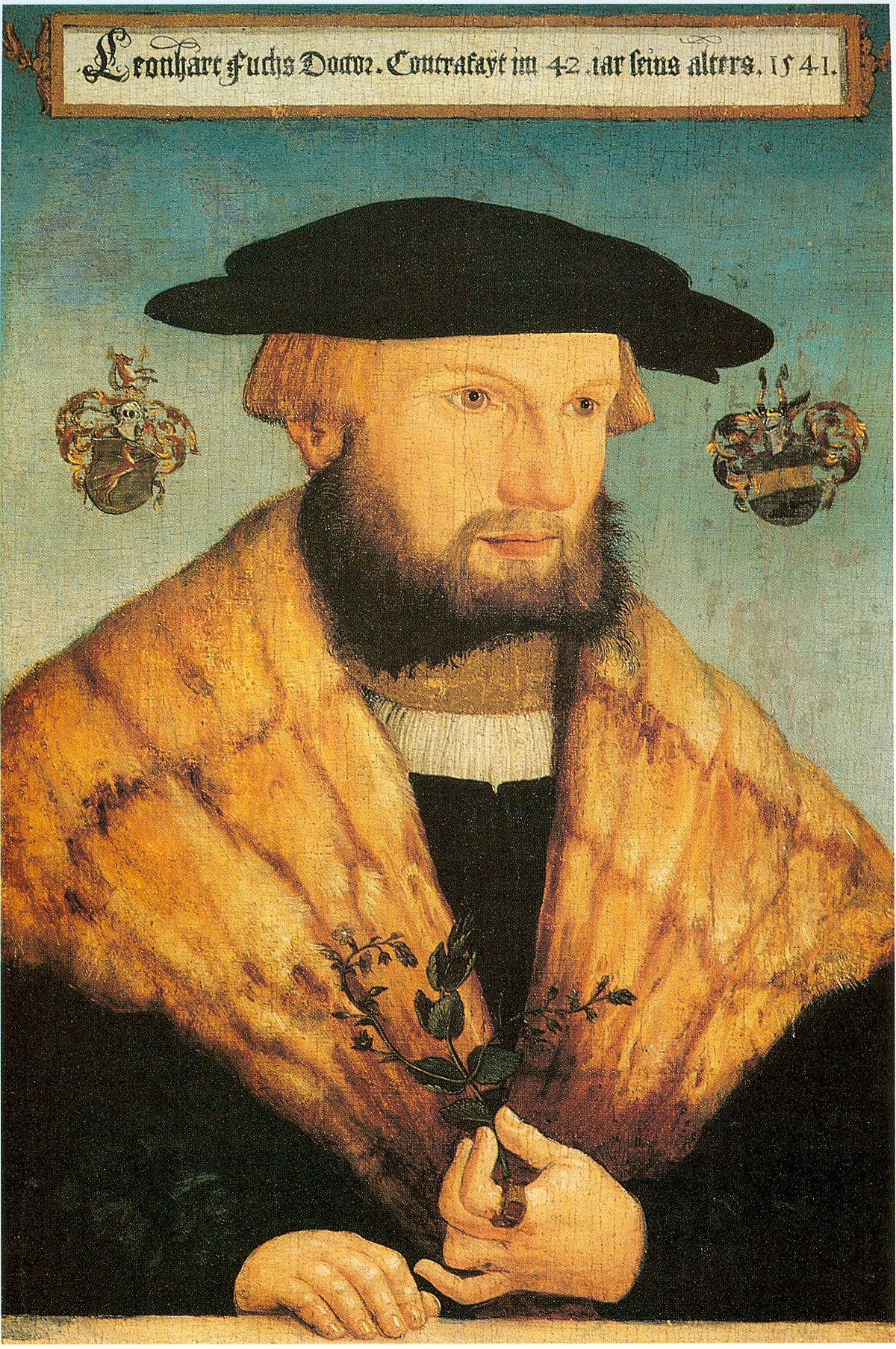
Leonhart Fuchs was a German humanist scientist, botanist, and physician.
Fuchs received a humanistic education under Catholic guidance, but later became a Protestant. He studied medicine and became a professor in Tübingen. He was most interested in the medicinal properties of plants. Well acquainted with the Greek and Latin classics and an excellent observer, he gave precise descriptions, and his beautiful engravings of plants established the tradition of depicting plants with precise illustrations and in alphabetical order.
In 1542 Fuchs published his most important work, De Historia Stirpium Commentarii Insignes (Famous Commentaries on the History of Plants). The book was a great success, especially because of the magnificent woodcuts and the 487 plants, which were described for the first time in such a systematic form. De Historia Stirpium survived several editions and was translated into Dutch and German.


Leonhart Fuchs was a German humanist scientist, botanist, and physician.
Fuchs received a humanistic education under Catholic guidance, but later became a Protestant. He studied medicine and became a professor in Tübingen. He was most interested in the medicinal properties of plants. Well acquainted with the Greek and Latin classics and an excellent observer, he gave precise descriptions, and his beautiful engravings of plants established the tradition of depicting plants with precise illustrations and in alphabetical order.
In 1542 Fuchs published his most important work, De Historia Stirpium Commentarii Insignes (Famous Commentaries on the History of Plants). The book was a great success, especially because of the magnificent woodcuts and the 487 plants, which were described for the first time in such a systematic form. De Historia Stirpium survived several editions and was translated into Dutch and German.

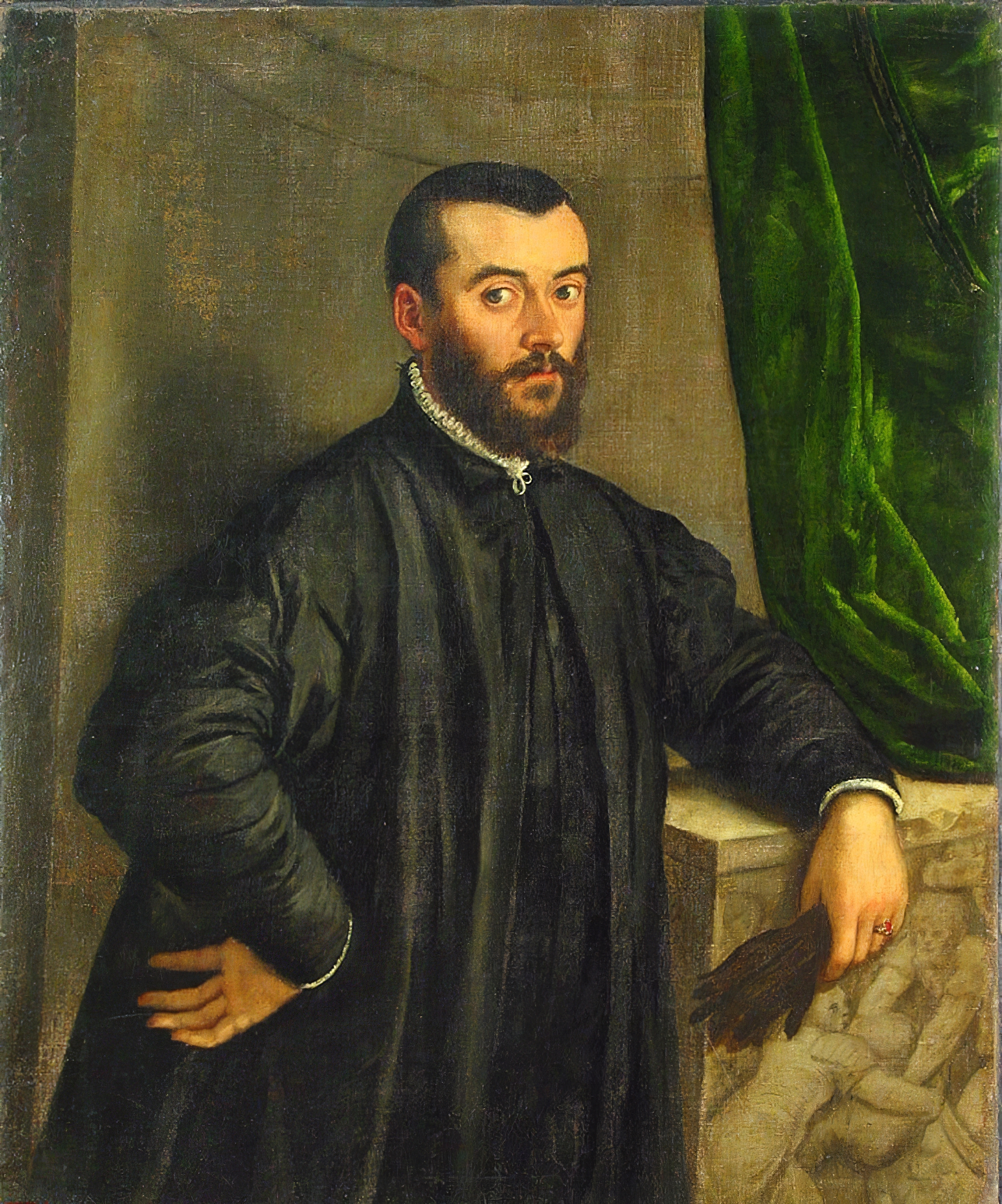
Andreas Vesalius (Dutch: Andries van Wesel) was a Flemish physician, one of the first anatomists of the Renaissance.
Vesalius came from a family of physicians and apothecaries, studied at the Catholic University of Leuven and at the medical school of the University of Paris, where he learned to dissect animals. He also had the opportunity to dissect human cadavers and devoted much time to the study of human bones. He later went to the University of Padua and, after earning his MD degree, was appointed professor of surgery, whose duties included anatomical demonstrations.
Vesalius revolutionized the study of biology and medical practice through his careful description of the anatomy of the human body. Based on observations made by himself, he wrote and illustrated the first complete textbook of anatomy. In 1543 his major work De humani corporis fabrica libri septem ("Seven Books on the Structure of the Human Body"), commonly known as Fabrica, was printed. In this epochal work, Vesalius gave far more extensive and accurate descriptions of the human body than anything that had been done by his predecessors.
In the same year, 1543, the Holy Roman Emperor Charles V appointed him staff physician of his house, and in 1559 Vesalius became physician to the Madrid court of Charles V's son, Philip II.
Vesalius' work made anatomy a scientific discipline with far-reaching implications not only for physiology but for all of biology.

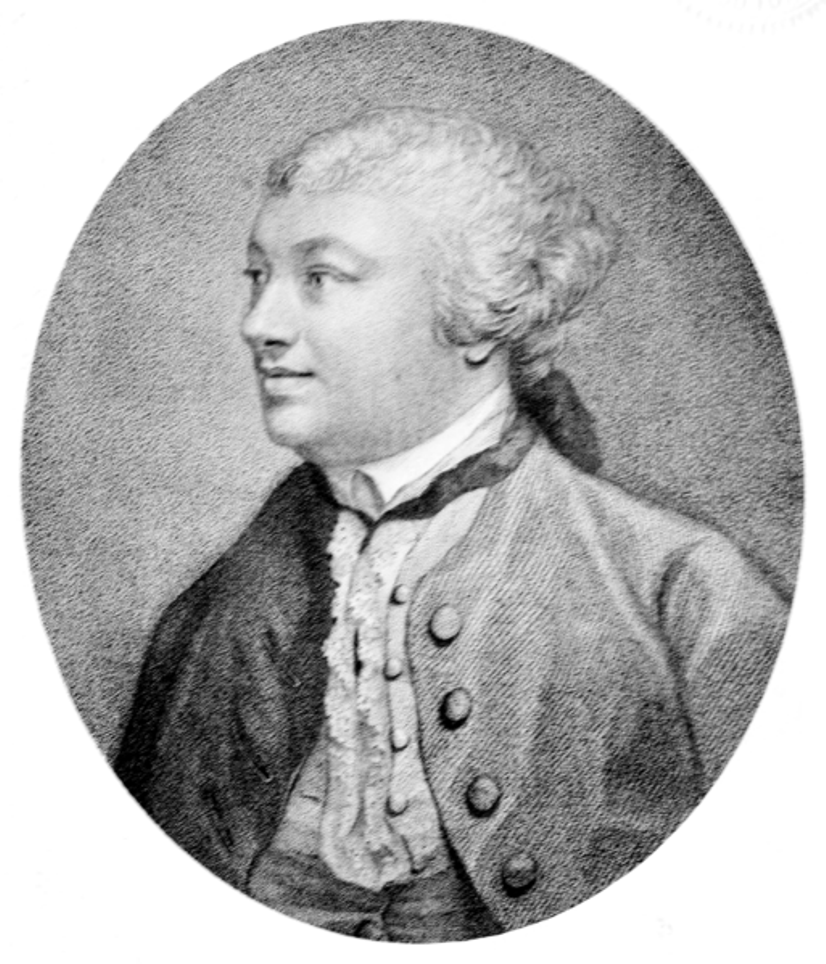
John Hill was a British botanist, pharmacologist and physician, geologist, writer and journalist.
Hill edited the monthly British Magazine for several years, and also wrote a daily society gossip column in The London Advertiser and Literary Gazette. His satirical, often on the edge of propriety articles were often the cause of scandals. Hill also wrote novels, plays, and scientific works on geology, medicine, philosophy, and botany.
In 1759, the first of the 26 volumes of his Plant System was published. This voluminous work contained descriptions of 26,000 different plants and 1,600 illustrations. For this long work, Hill received the Order of Vasa from the Swedish king and began calling himself Sir.

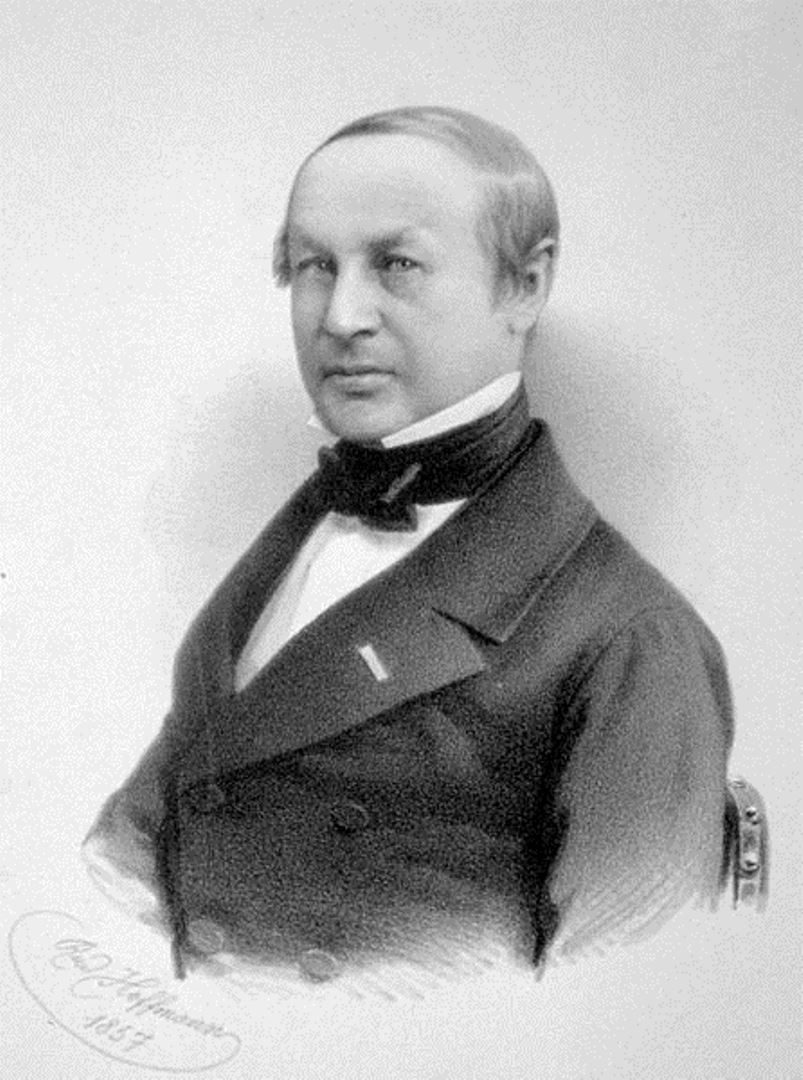
Theodor Schwann was a German cytologist, histologist and physiologist, author of the cell theory.
Schwann's most significant contribution to biology is considered to be the extension of cell theory to animals. Schwann extended Schleiden's theory of the cell as the basic unit of the plant world to animals. In 1839 Schwann published his seminal work on the general theory of the cell as the basis of life, Mikroskopische Untersuchungen ber die Uebereinstimmung in der Struktur und dem Wachsthum der Thiere und Pflanzen ("Microscopic Investigations on the correspondence in the structure and growth of animals and plants"). Schwann's theory can thus be regarded as the progenitor of the school of mechanistic materialism in biology.
Schwann also studied the formation of yeast spores and concluded that the fermentation of sugar and starch was the result of life processes. He also introduced the term metabolism to describe the chemical changes that occur in living tissues, defined the role of microorganisms in putrefaction, and formulated the basic principles of embryology, noting that an egg is a single cell that eventually develops into a complete organism.

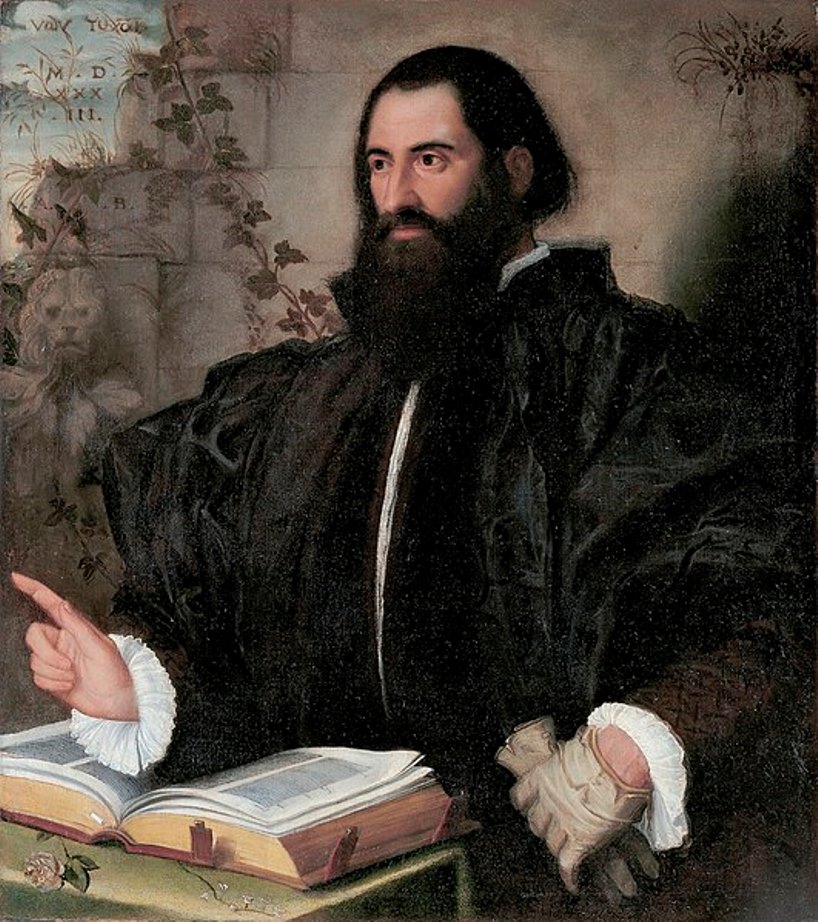
Pietro Andrea Gregorio Mattioli was a 16th-century Italian physician, botanist and pharmacist.
Mattioli studied medicine in Padua and obtained a medical practice first in his hometown. Later, in the 1555-1560s, he served as personal physician to the imperial court of Ferdinand II, Archduke of Austria, and Emperor Maximilian II. This high position allowed him to test the effects of poisonous plants on prisoners for scientific purposes.
Mattioli published several scientific works in which he included many of his own observations on the flora of the Alps, including previously unexplored plants. These works, based on the study of books by predecessor scientists, gave impetus to the development of botany throughout Italy at the time. Mattioli kept up a lively correspondence with other researchers, describing specimens of rare plants received from them. The genus of flowering plants Matthiola is named after Mattioli.

![[DICTIONNAIRE DES PLANTES ALIMENTAIRES].](/assets/image/picture_2734897/08b3c/7c8d997e47155734efcb61700cbe0c9b1679526000jpg__fix_374_244.jpeg)
![[DICTIONNAIRE DES PLANTES ALIMENTAIRES].](https://veryimportantlot.com/assets/image/picture_2734897/08b3c/7c8d997e47155734efcb61700cbe0c9b1679526000jpg__fix_374_244.jpeg)


